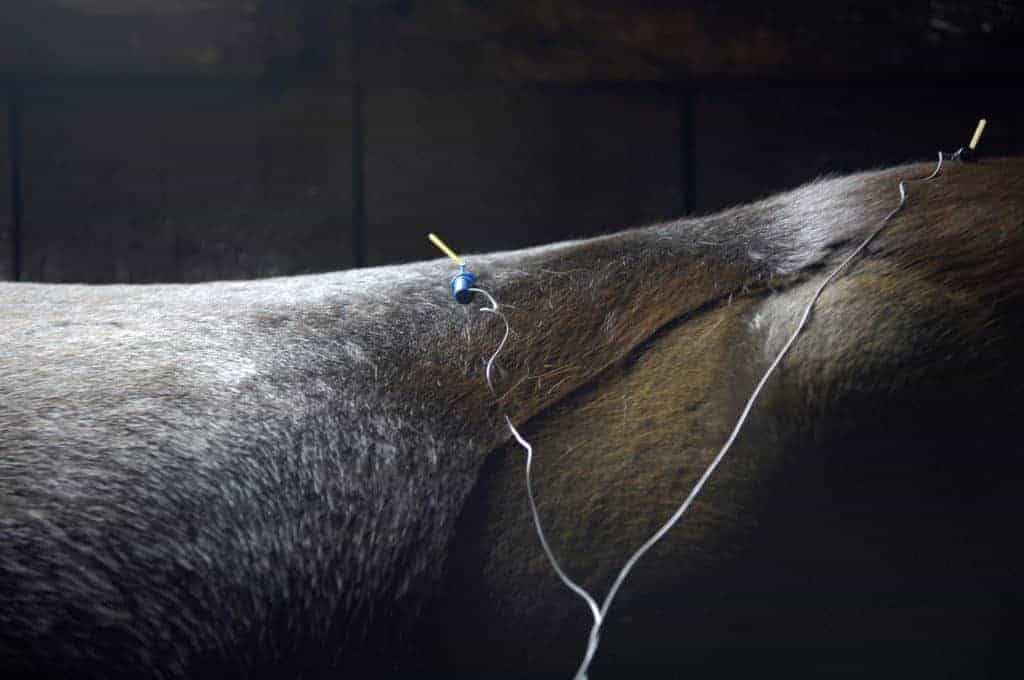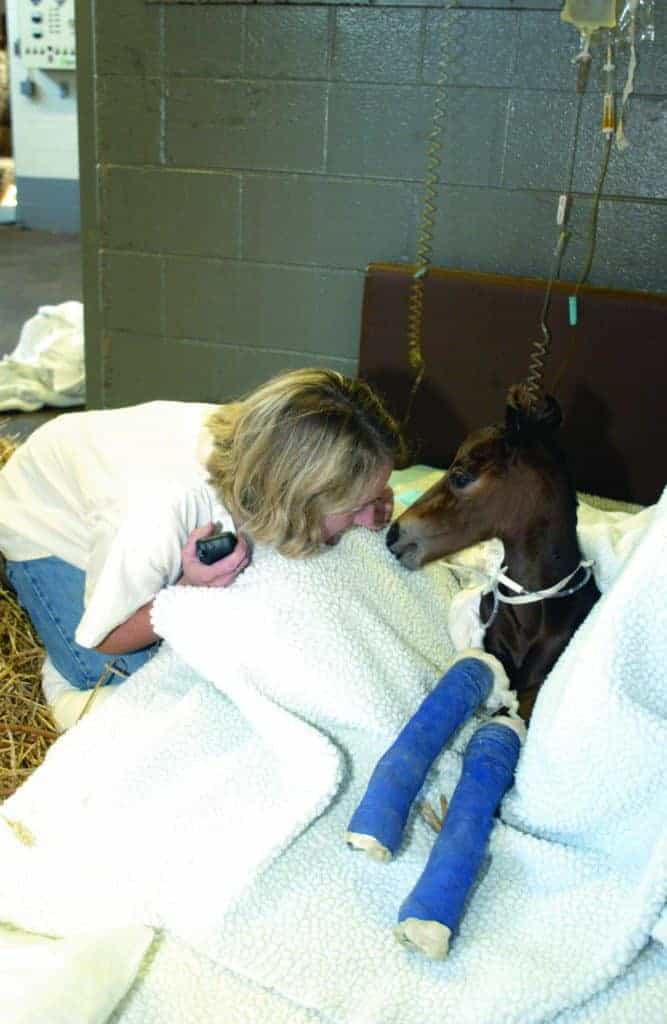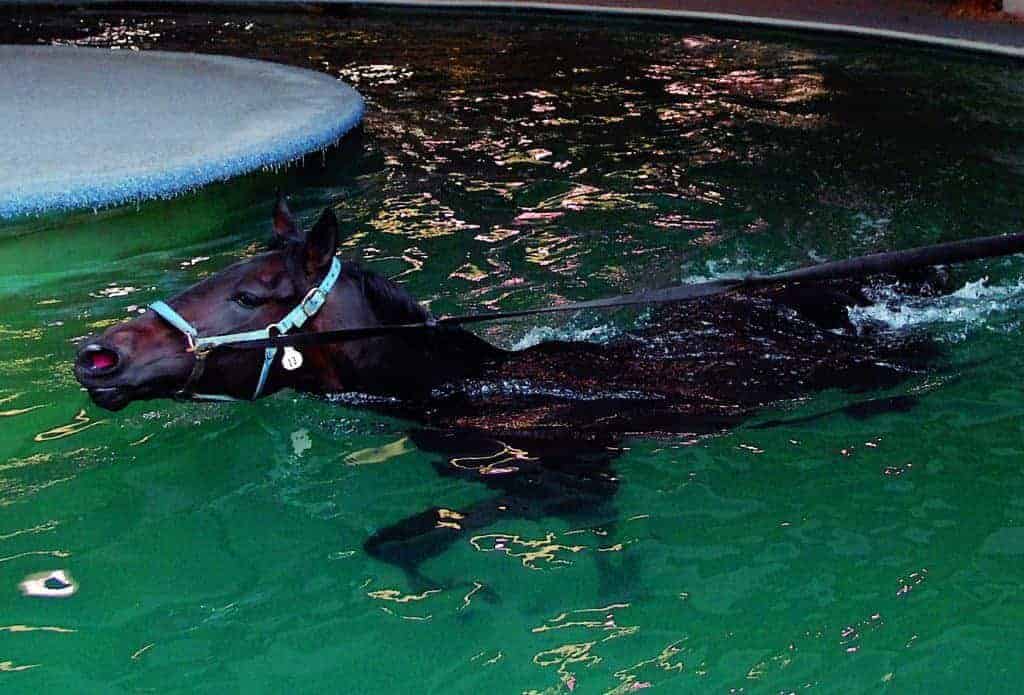
2011’s Top Equine Surgery/Lameness Studies
A wrap-up of the most important, interesting, or applicable surgery and lameness studies from Dr. Scott Palmer

A wrap-up of the most important, interesting, or applicable surgery and lameness studies from Dr. Scott Palmer

Electroacupuncture-treated horses exhibited a significantly deeper depth of anesthesia compared to controls.

Researchers recently found that nearly half (49.5%) of horses with limb casts experience complications.

A physical therapy program is owner- and horse-intensive in terms of time and energy for successful outcomes.

This procedure involves intravenous antibiotic delivery to the lower limb via a vein close to the trauma site.

Despite their ghastly appearance most jaw fractures can be repaired relatively easily in a field setting.

Veterinarians can prescribe aquatic therapy in the form of swimming pools or underwater treadmills.
The stallion was a model patient at the UF in 2008 and 2009 and is now being turned into a Breyer model horse.
Mixed study results indicate more research is needed to determine dosing frequency and therapeutic window.

In the current study most horses successfully returned to their prior athletic function after colic surgery.
A combination of guiafenesin and propofol reduced adverse reactions that occur when propofol is used alone.

Hospitalized horses are at an increased risk for developing laminitis as a complication of injury or illness.

New diagnostic technologies and treatment modalities have revolutionized how vets address equine back pain.

In the right hands, these physical therapy methods can help rehabilitate injured horses.
One of the challenges with equine pain management is often simply detecting a horse in pain and to what extent
A. U. Miner had surgery Nov. 7 to repair bilateral sesamiod fractures sustained in the Breeders’ Cup Marathon.
Stay on top of the most recent Horse Health news with
"*" indicates required fields